Note: it says "of the form", not "strictly", which means it's an antisymmetric waveform (odd function) due to the \$x^3\$ part. And if you look at the circuit closely, the two Zener diodes with the 2.2 kΩ form a so-called dead-zone, because the input voltage will need to be greater, or lesser than \$\approx\pm V_Z\pm 0.7\$. This makes the voltage at the noninverting input be (vortually) flat over a certain range, while at the other input the voltage is normal. Their difference will be S-shaped, or that of an odd function.
As suggested by Andy aka, grab your favourite SPICE simulator and convince yourself:

The purpose is to generate a voltage that has two slopes, positive and negative, with inflexion points, based on a linear input. This is one key step in creating chaotic circuits. See Chua's circuit, or Lorenz attractor (or other answers) for some more explanations. It's not mandatory to be Zener diodes as long as the circuit can behave like a dead-zone (but a Zener does simplify things).

